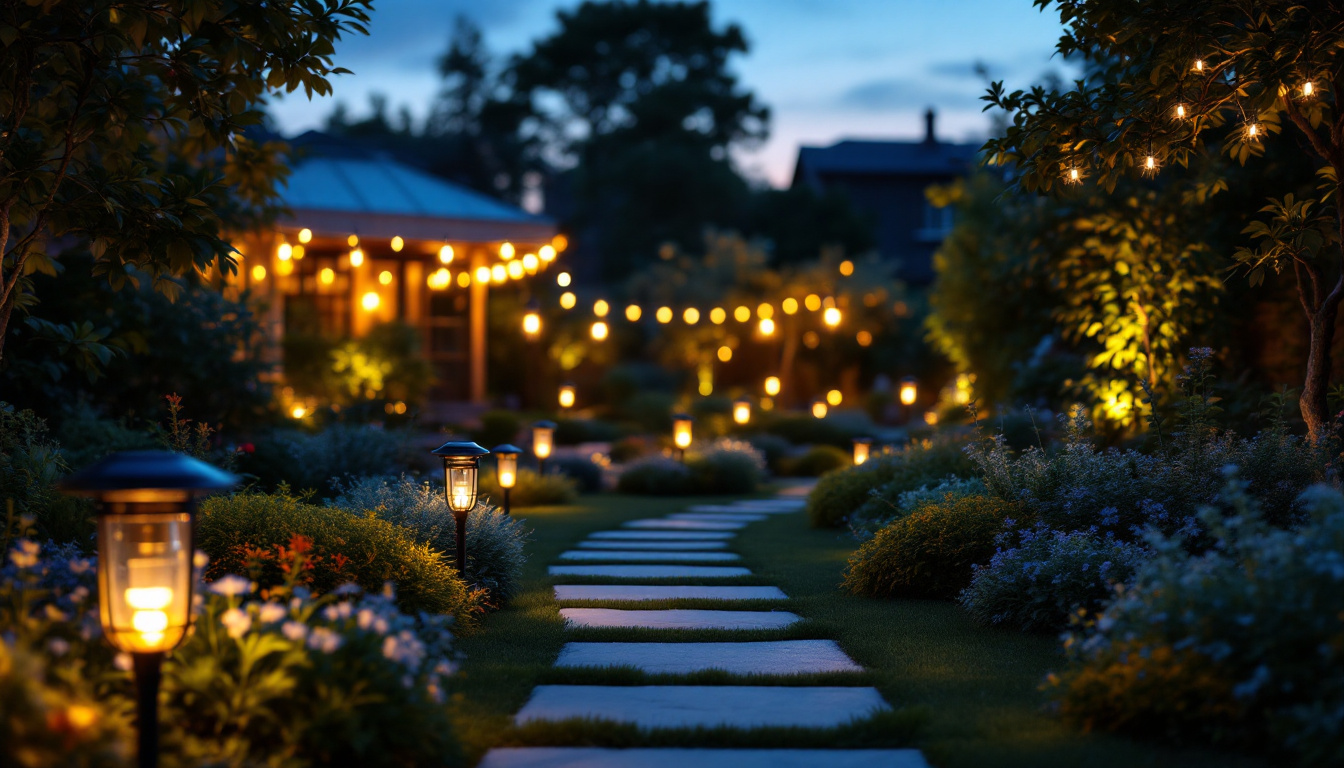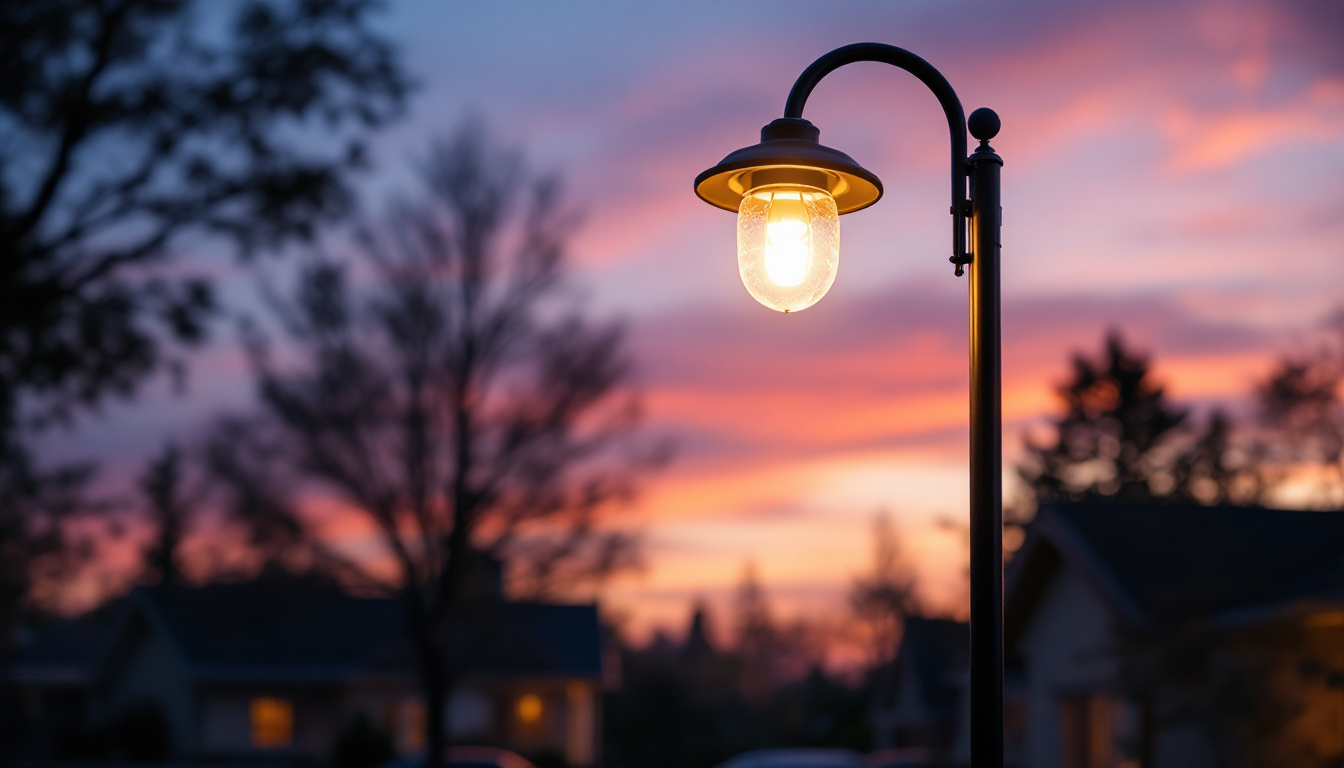
In the ever-evolving world of lighting design, LED strip lighting has emerged as a versatile and efficient solution for both residential and commercial applications. For lighting contractors, understanding the nuances of LED strip lighting can enhance project outcomes and client satisfaction. This article delves into proven methods for effectively integrating LED strip lighting into various projects, offering insights that can elevate the quality of installations.
LED strip lighting consists of flexible circuit boards populated with light-emitting diodes (LEDs), allowing for a wide range of applications. These strips are available in various colors, brightness levels, and lengths, making them suitable for diverse environments. Their flexibility and ease of installation make them a favorite among contractors looking to create innovative lighting solutions. Whether used for accent lighting in residential settings or for illuminating commercial spaces, LED strips can transform the ambiance of any area with their vibrant colors and adjustable brightness.
Furthermore, the advancements in LED technology have led to the development of smart LED strips that can be controlled via mobile apps or voice commands. This integration with smart home systems provides users with the ability to customize their lighting experience, setting the mood for any occasion with just a few taps on their smartphone. The convenience of remote access and programmable settings enhances the appeal of LED strip lighting, making it not only a practical choice but also a modern one.
There are several types of LED strips available on the market, each designed for specific applications. Common types include:
LED strip lighting offers numerous advantages that make it an attractive option for contractors:
Additionally, many LED strips come with adhesive backing, making installation a breeze. This feature allows for quick application on various surfaces, including walls, ceilings, and furniture, without the need for complex mounting hardware. As a result, contractors can complete projects more efficiently, leading to increased client satisfaction and potential referrals. The versatility of LED strip lighting also extends to outdoor applications, where weather-resistant options are available for illuminating patios, decks, and garden pathways, providing safety and aesthetic appeal in outdoor living spaces.
Proper installation is crucial for maximizing the performance and aesthetic appeal of LED strip lighting. Here are some proven techniques that contractors can employ:
Before installation, ensure that the surface where the LED strip will be applied is clean, dry, and free of dust or grease. This step is essential for ensuring the adhesive backing adheres properly, preventing the strips from peeling off over time.
Choosing the right power supply is critical for the performance of LED strip lighting. Contractors should consider the total wattage required by the strips and select a power supply that can handle this load, ideally with a bit of extra capacity to ensure longevity. Additionally, using a constant voltage power supply can help maintain consistent brightness across the strip.
Properly connecting LED strips to power sources and controllers is vital for functionality. Soldering connections can provide a more secure and reliable bond, while connectors can offer a quicker, tool-free solution. Ensure that all connections are insulated to prevent short circuits.
When integrating LED strip lighting into a project, design considerations play a pivotal role in achieving the desired effect. Here are key aspects to keep in mind:
The placement of LED strips can dramatically influence the overall lighting effect. For instance, installing strips under cabinets can create a warm glow, enhancing the ambiance of kitchens or workspaces. Similarly, placing strips along architectural features can highlight design elements and create visual interest.
The choice of color temperature can significantly impact the mood of a space. Warm white (2700K-3000K) is often preferred for residential settings, while cooler temperatures (4000K-5000K) may be more suitable for commercial environments. Contractors should consult with clients to determine the best color temperature for their specific needs.
Incorporating dimmers and smart controls can enhance the functionality of LED strip lighting. Dimming capabilities allow users to adjust brightness levels based on the time of day or activity, while smart controls enable remote operation and scheduling. These features can add significant value to the installation.
LED strip lighting can be utilized in a variety of settings, each with unique requirements and opportunities for creativity. Here are some popular applications:
In residential settings, LED strip lighting can be used to enhance the aesthetic appeal of living rooms, kitchens, and bedrooms. Under-cabinet lighting in kitchens not only provides functional illumination but also adds a modern touch to the space. In bedrooms, strips can be installed along headboards or around mirrors to create a cozy atmosphere.
For commercial spaces, LED strips can be employed in retail displays, office environments, and hospitality settings. In retail, they can highlight products and create an inviting atmosphere. In offices, they can be used to improve task lighting and overall employee well-being.
LED strip lighting is also effective for outdoor applications, such as illuminating pathways, decks, and patios. Weather-resistant strips can withstand the elements, making them suitable for exterior use. Additionally, they can enhance outdoor entertaining areas, creating a welcoming ambiance for gatherings.
While LED strip lighting is known for its longevity, occasional maintenance and troubleshooting may be required. Here are some common issues and their solutions:
Flickering can be caused by a variety of factors, including poor connections, insufficient power supply, or incompatible dimmers. Contractors should first check all connections and ensure that the power supply matches the requirements of the LED strips. If using a dimmer, verify its compatibility with LED technology.
Uneven brightness can occur if the power supply is inadequate or if the LED strip is too long for the power source. To resolve this, contractors can either shorten the strip or use a higher wattage power supply. Additionally, ensuring that the strips are evenly spaced can help maintain consistent brightness.
Color inconsistencies may arise from using different batches of LED strips. When possible, contractors should source all strips from the same manufacturer and batch to ensure uniformity. If color discrepancies occur, replacing the affected strips may be necessary.
The landscape of LED strip lighting continues to evolve, with new technologies and trends emerging. Staying informed about these developments can help contractors remain competitive and innovative.
The rise of smart home technology has led to increased demand for LED strip lighting that integrates with home automation systems. Contractors should familiarize themselves with various smart lighting options and control systems to offer clients cutting-edge solutions.
As LED technology advances, the range of colors and brightness levels available in strip lighting continues to expand. Newer models may offer enhanced color rendering and tunable white options, allowing for greater customization in lighting design.
As sustainability becomes a priority, contractors should consider eco-friendly LED options that minimize environmental impact. Energy-efficient designs and recyclable materials are becoming increasingly important to consumers, making them a valuable selling point.
LED strip lighting presents a wealth of opportunities for lighting contractors, offering versatility, energy efficiency, and design flexibility. By mastering installation techniques, understanding design considerations, and staying informed about industry trends, contractors can elevate their projects and meet the evolving needs of their clients. As the demand for innovative lighting solutions grows, embracing LED strip lighting can position contractors for success in a competitive market.
Ready to take your lighting projects to the next level? At LumenWholesale, we provide lighting contractors with the highest quality LED strip lighting solutions at unbeatable wholesale prices. Our spec-grade products meet rigorous industry standards, ensuring you deliver reliable and high-performance lighting to your clients. With free shipping on bulk orders, you can stock up on premium lighting without the worry of hidden fees. Elevate your installations with the perfect blend of quality, affordability, and convenience. Discover the best value in wholesale lighting by visiting LumenWholesale today.

Discover why lighting contractors should prioritize modern ceiling lights in their projects.

Explore the pros and cons of garden solar lights compared to traditional alternatives in this insightful guide for lighting contractors.

Discover the essentials of outside light poles from a lighting contractor’s perspective.

Discover the key differences between shunted and non-shunted tombstones with expert insights tailored for lighting contractors.